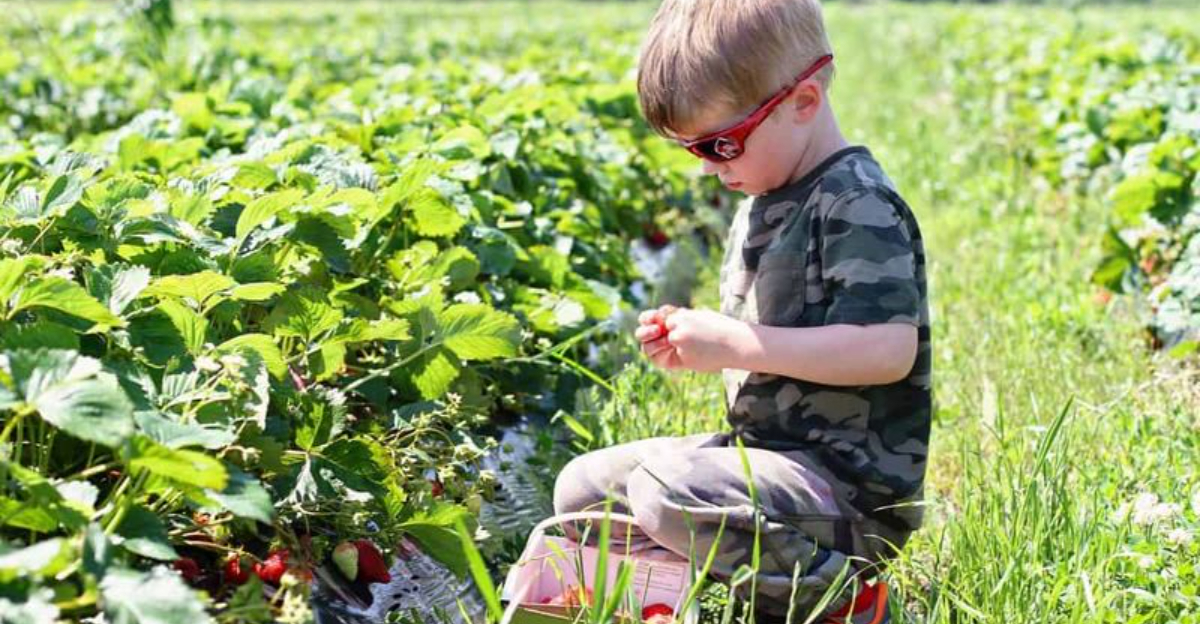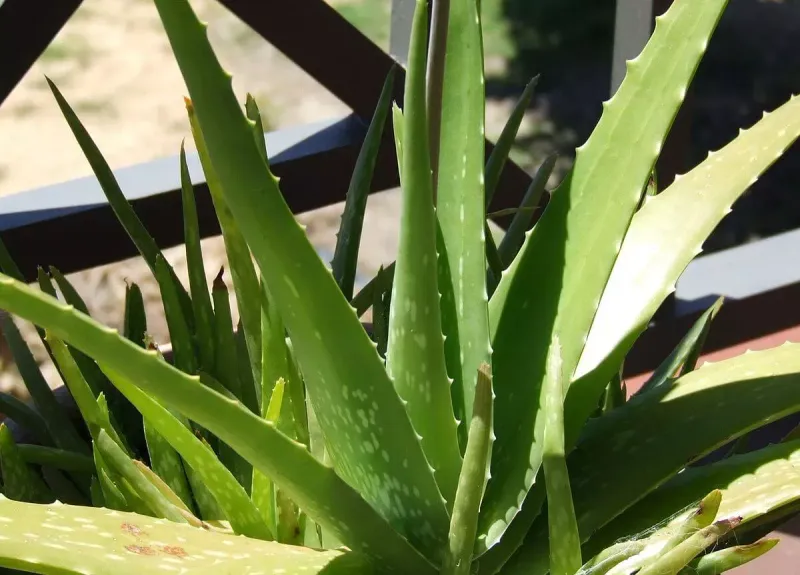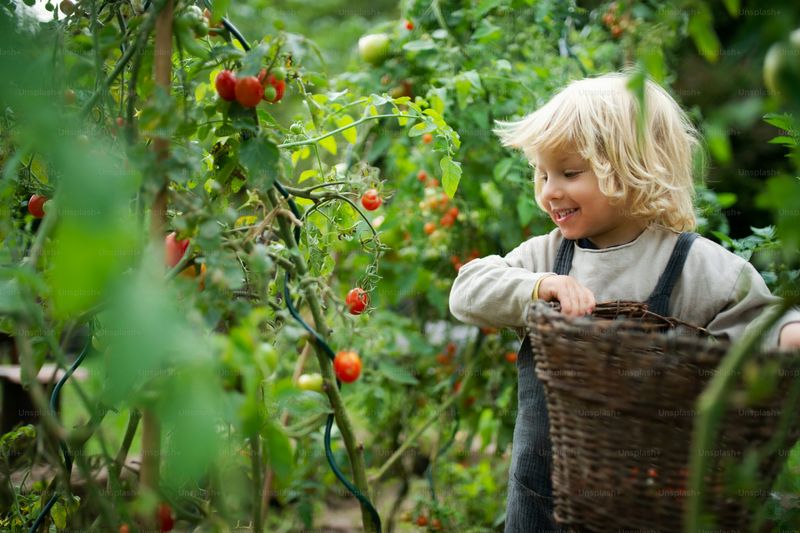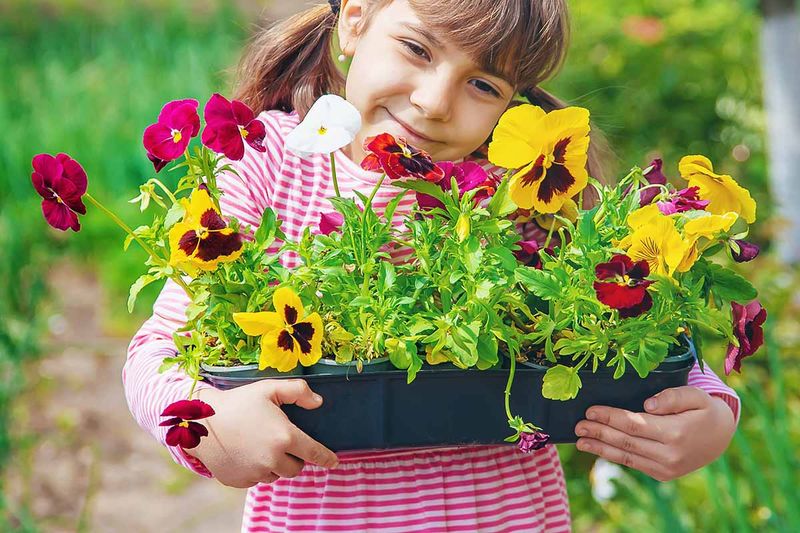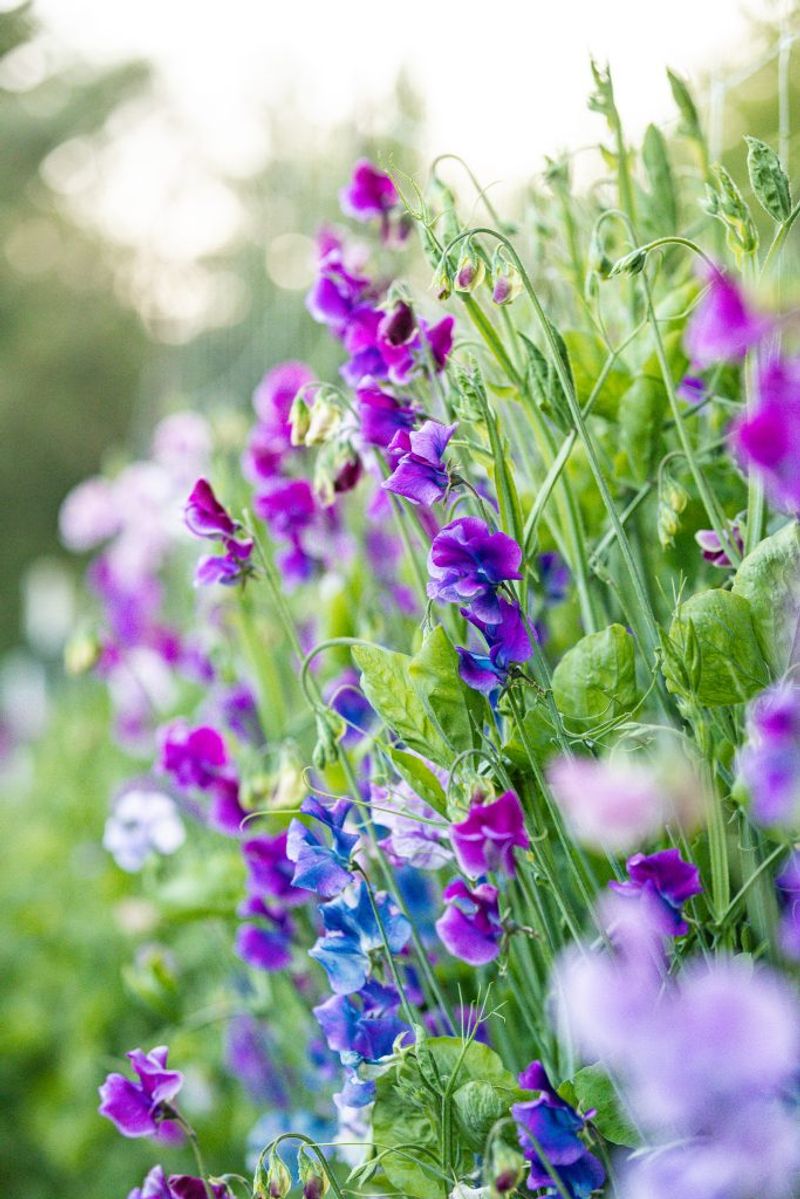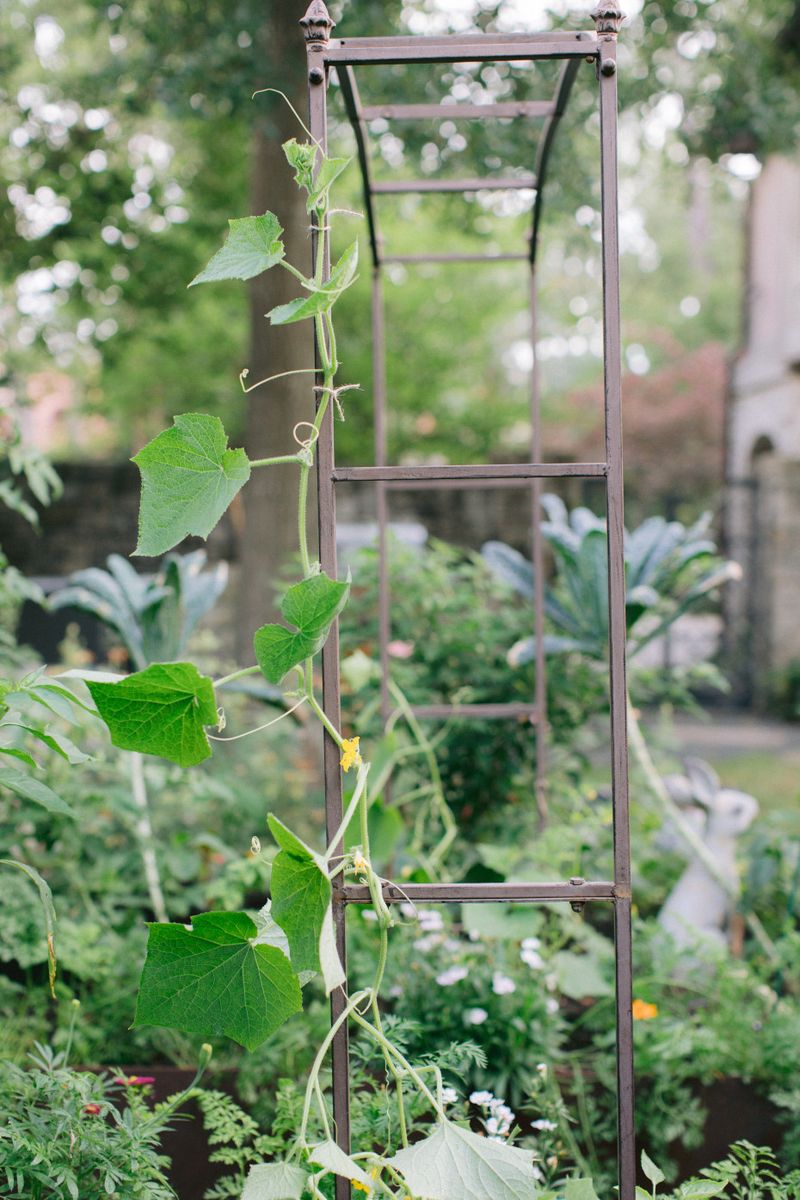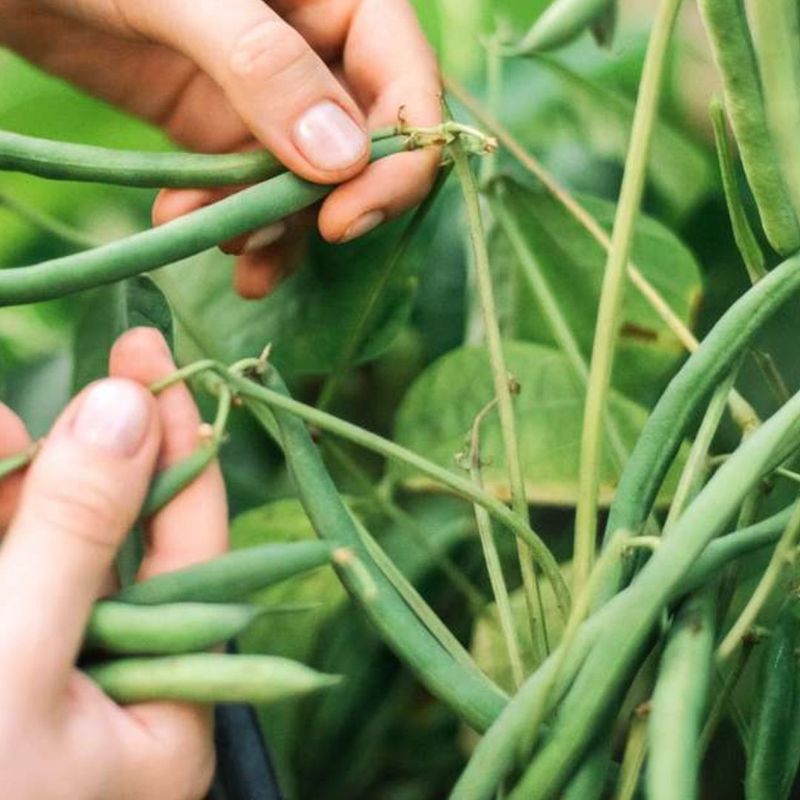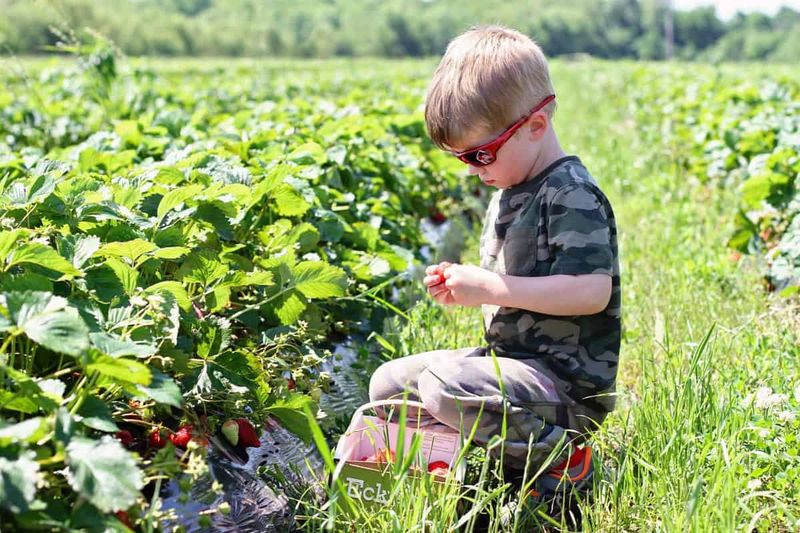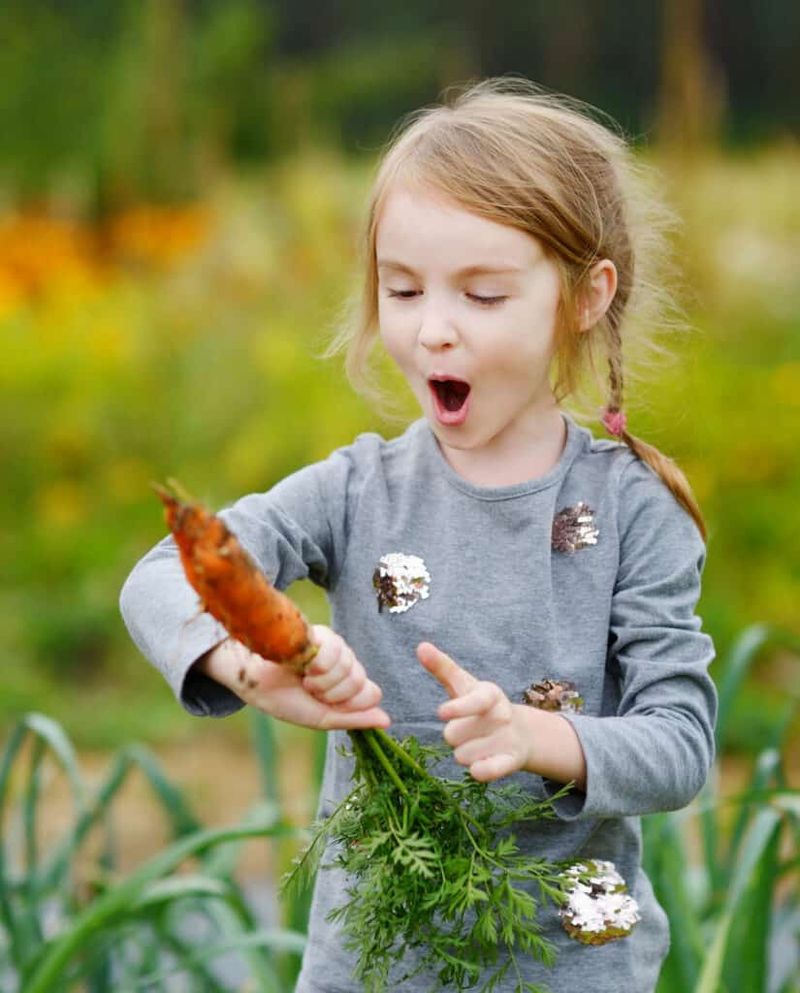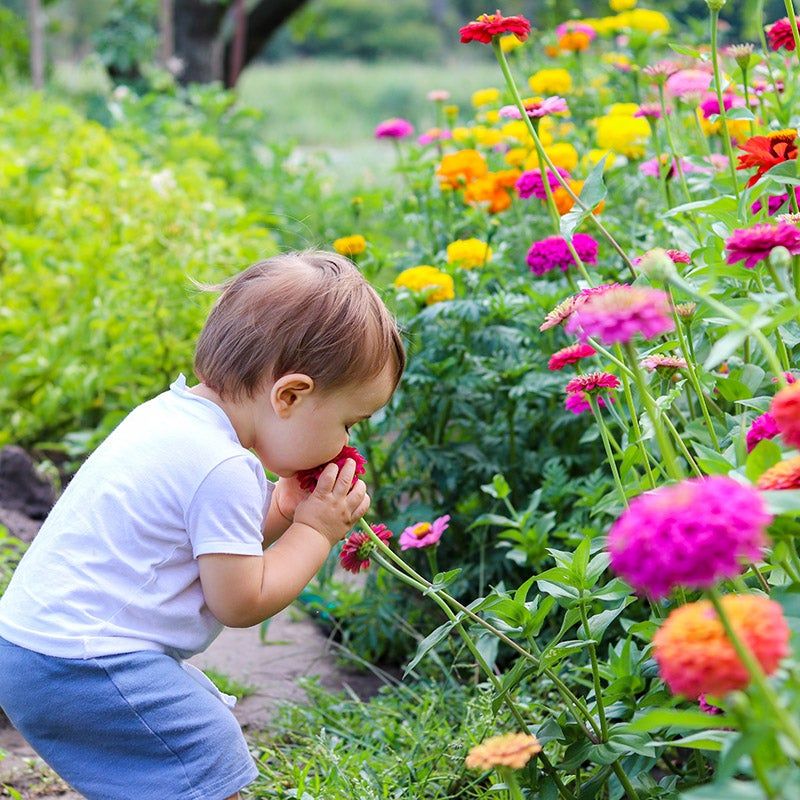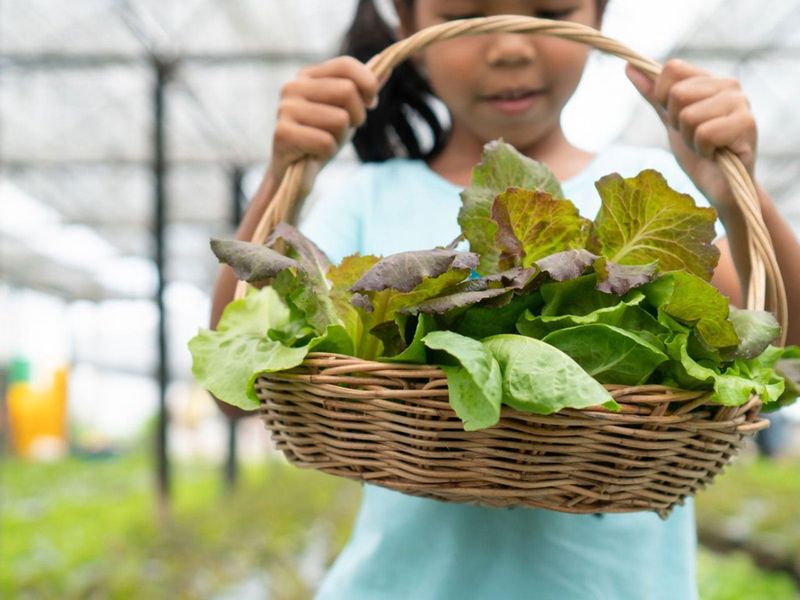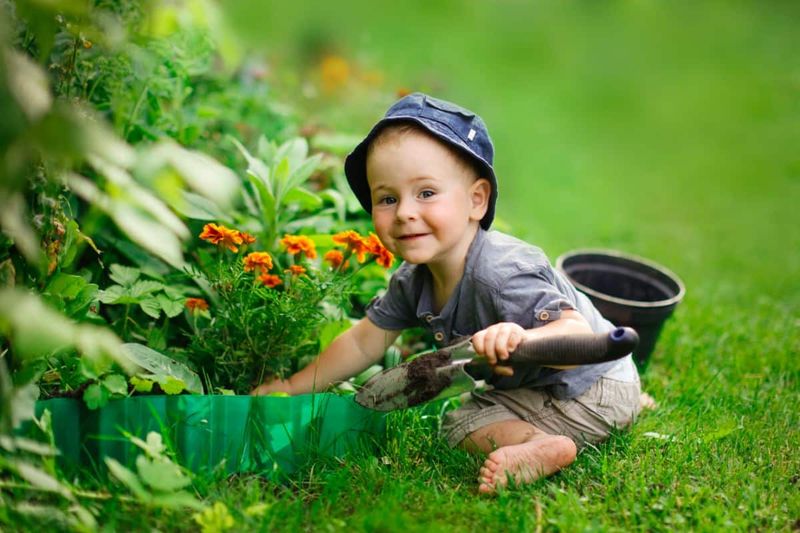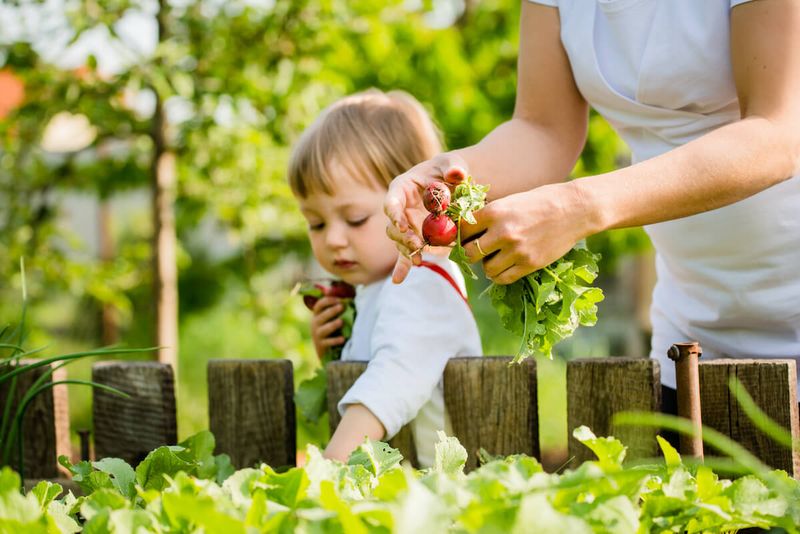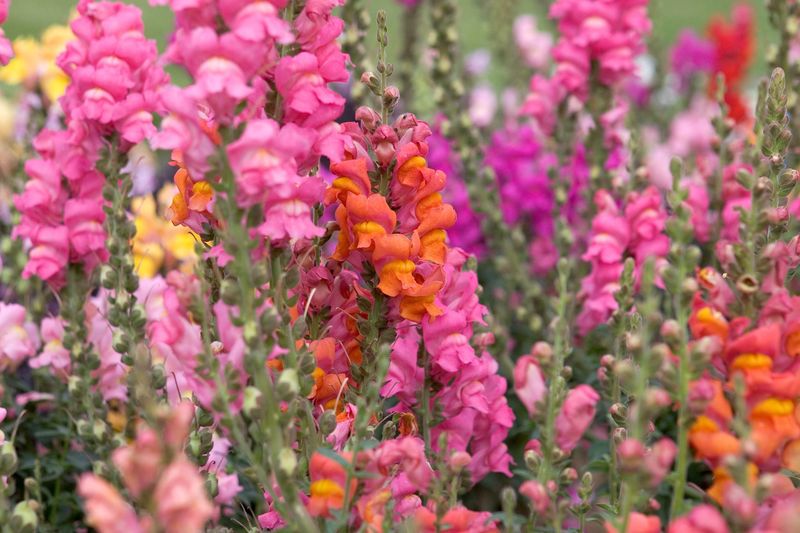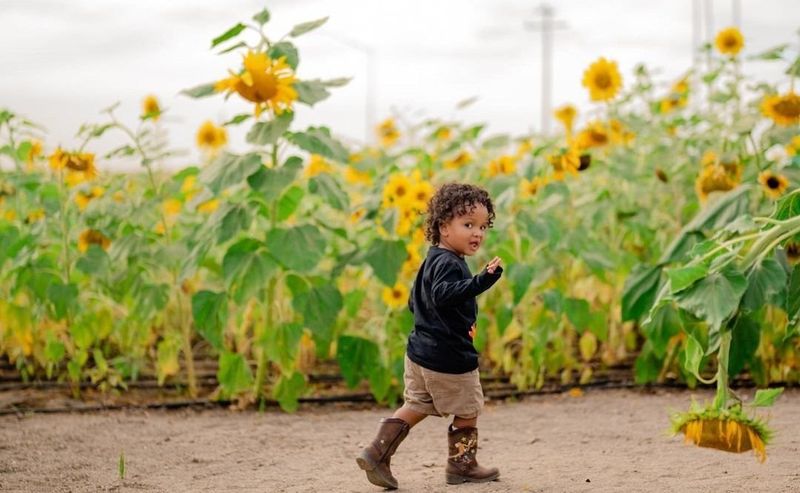Gardening can be a delightful experience for children, offering them a chance to connect with nature while learning responsibility and patience.
Selecting the right plants that are both safe and easy to grow can make this journey even more enjoyable. Here are 14 plants that are perfect for young gardeners.
1. Aloe Vera
Aloe Vera is a hearty plant that thrives with minimal attention, making it ideal for young caretakers. Its thick, fleshy leaves contain a soothing gel known for treating minor burns and skin irritations.
Children will be fascinated by its healing properties and unique texture. Aloe’s spiky appearance is intriguing but safe, as it’s non-toxic and gentle to touch. This plant prefers sunny spots, making it perfect for a windowsill garden.
Plus, kids will love watching it grow steadily with just occasional watering. Aloe Vera is not only educational but also a practical addition to any child’s plant collection.
2. Tomatoes
Tomatoes offer a rewarding gardening experience with their vibrant colors and delicious fruits. Cherry varieties, in particular, are easy to grow and perfect for small hands to pick. They require sunlight and regular watering but are otherwise low-maintenance.
Watching tomatoes transition from green to red can be a thrilling sight for young observers. Not only are they safe, but they also provide a tasty snack fresh off the vine. Introducing kids to gardening with tomatoes can spark a lifelong love for growing and eating vegetables.
This is one edible plant that combines fun with learning effortlessly.
3. Pansies
Pansies are a delightful choice for young gardeners, offering bright, cheerful blooms that are hard to resist. These flowers come in an array of colors, creating a visual feast that can capture a child’s imagination.
Easy to grow and maintain, pansies thrive in cooler temperatures and need just a bit of watering and sun. Kids can even pick these flowers to decorate their rooms or use them in craft projects.
With their friendly faces, pansies invite exploration and creativity. Their non-toxic nature ensures that they are safe for children to handle and enjoy in their playtime adventures.
4. Sweet Peas
Sweet peas are perfect for sensory exploration with their enchanting fragrance and vibrant blooms. Growing them can be a magical experience as these flowers climb and twist elegantly on a trellis.
Children will be captivated by their sweet scent and delicate petals. These plants prefer cooler climates and reward minimal care with abundant blossoms.
Planting sweet peas offers kids a chance to learn about vine growth and the importance of support structures. Their non-toxic nature makes them a safe choice for young gardeners who wish to explore the wonders of floriculture.
5. Cucumbers
Cucumbers provide a fun and interactive gardening experience as they rapidly grow on vines. Kids can train these plants on trellises, watching them climb and produce crunchy, refreshing fruits.
Perfect for snacking, cucumbers are a hydrating treat that children can enjoy straight from the garden. These plants thrive in warm weather and need regular watering to flourish.
The process of caring for cucumbers teaches children about responsibility and the life cycle of plants. Safe and easy to handle, cucumbers offer a tasty way for kids to engage with gardening and experience the joy of harvesting.
6. Beans
Beans are a fantastic introduction to gardening for children due to their rapid growth and edible pods. Their ability to sprout quickly keeps young gardeners engaged and eager to learn.
Beans come in various colors and sizes, adding a playful element to planting and harvesting. They can be grown in pots or directly in the ground, making them versatile for any space.
Aside from their nutritional benefits, beans offer lessons in patience as children watch them develop from seeds to mature plants. Safe and simple to grow, beans are a nutritious addition to any kid’s garden adventure.
7. Strawberries
Strawberries are a sweet treat that children adore, making them a perfect plant to grow in a garden or container. These red gems are easy to care for and offer the excitement of harvesting juicy, ripe berries.
Strawberries need plenty of sunlight and regular watering to produce the best fruits. Their small size and safe nature make them ideal for little hands to manage.
With their delightful taste and appealing appearance, strawberries inspire culinary creativity in young minds. Growing these berries can become a cherished garden activity that combines fun with a delicious reward.
8. Carrots
Carrots offer a sense of mystery and anticipation as they grow hidden beneath the soil. Kids will delight in pulling up these crunchy veggies, revealing their bright orange hue. Carrots are easy to cultivate and require minimal attention, thriving in loose, sandy soil.
Their crisp taste and nutritional value make them a favorite snack among children. Growing carrots introduces young ones to root vegetables and the concept of underground growth.
Safe and satisfying, carrots are perfect for kids who wish to explore the joys of gardening and the satisfaction of harvesting their own produce.
9. Zinnias
Zinnias are a feast for the eyes, with their bold colors and varied shapes that captivate young gardeners. These flowers are easy to grow and require minimal care, thriving in sunny spots with regular watering.
Kids will enjoy planting zinnia seeds and watching them transform into vibrant blooms over time. Their ability to attract butterflies adds an extra layer of excitement and educational opportunity.
Safe for handling, zinnias provide a fun way to introduce children to the world of flowers and pollinators. These hardy blooms are sure to spark joy and curiosity in any young gardener.
10. Lettuce
Lettuce is one of the quickest and easiest vegetables for children to grow, providing a near-instant reward for their efforts. This leafy green is versatile and can be used in salads, sandwiches, and wraps, encouraging kids to incorporate their harvest into meals.
Lettuce requires ample sunlight and consistent watering to thrive, making it an excellent choice for teaching responsibility. Safe and simple to grow, it offers a hands-on gardening experience that is both educational and tasty.
Kids will love the fresh taste of their very own lettuce, fostering a connection to food and gardening.
11. Marigolds
Marigolds are cheerful flowers known for their vibrant hues and pest-repelling properties. These resilient plants are easy to grow, making them perfect for young hands to plant and tend.
Marigolds thrive in sunny locations with regular watering and are known to deter pests, adding a touch of practicality to their beauty. Their bright colors and unique scent make them a favorite among children, who will enjoy watching them bloom throughout the growing season.
Safe and non-toxic, marigolds offer a delightful entry point into the world of gardening, combining aesthetics with functionality.
12. Radishes
Radishes are a fantastic option for impatient young gardeners as they grow swiftly and provide immediate satisfaction. These root vegetables are easy to cultivate and thrive in cool weather, requiring minimal care.
Kids will enjoy the surprise of discovering the bright red bulbs beneath the soil. With their crisp texture and peppery flavor, radishes are a fun addition to salads and snacks.
Growing radishes offers children a lesson in the diversity of vegetables and encourages them to explore new tastes. Safe and quick to harvest, radishes are perfect for sparking curiosity and enthusiasm in gardening.
13. Snapdragons
Snapdragons enchant children with their unique blooms that can be playfully squeezed to mimic a dragon’s mouth. These whimsical flowers come in a variety of colors and are easy to grow, requiring just sunlight and regular watering.
Safe for handling, snapdragons add a touch of magic and imagination to any garden. Kids will enjoy planting and observing these flowers as they bloom and flourish.
Their interesting shape and vibrant hues make snapdragons an exciting choice for young gardeners, fostering creativity and a love for nature’s wonders. Perfect for adding a playful twist to gardening.
14. Sunflowers
Sunflowers are a towering delight that captures the wonder of growth and nature’s beauty. These giant blooms are known for their sunny disposition and ability to reach impressive heights, making them a favorite among children.
Sunflowers require plenty of sunlight and regular watering, offering a straightforward gardening experience. Watching them grow from seed to towering flower provides an educational journey in patience and care.
The seeds can be harvested and enjoyed as a snack, adding another layer of fun and reward. Sunflowers embody the joy of gardening, inspiring awe and curiosity in young hearts.
